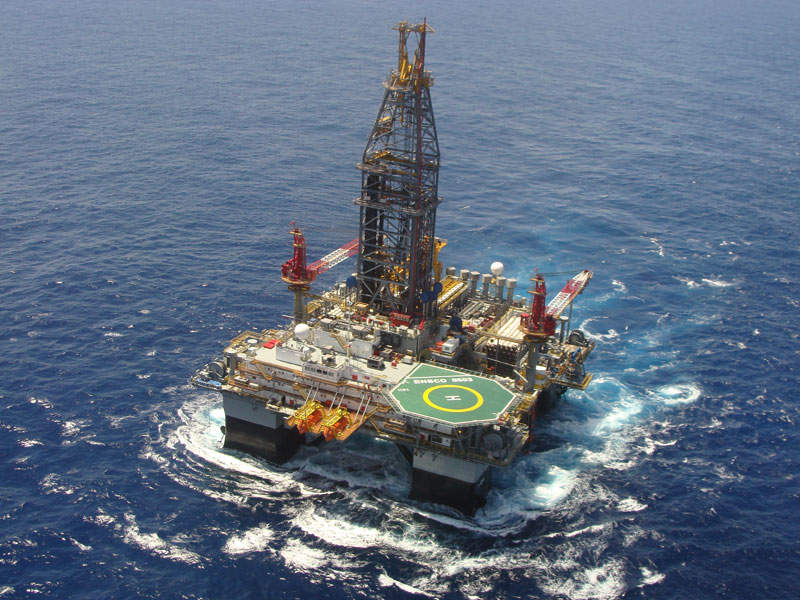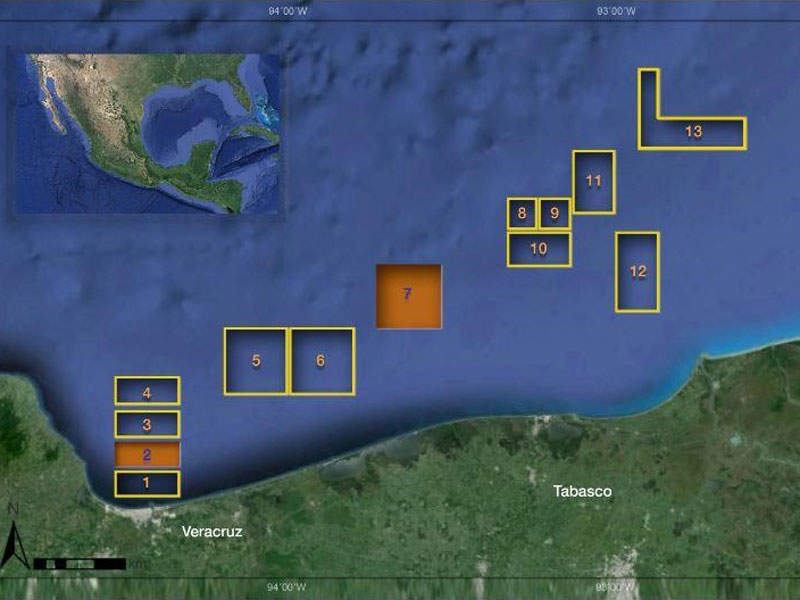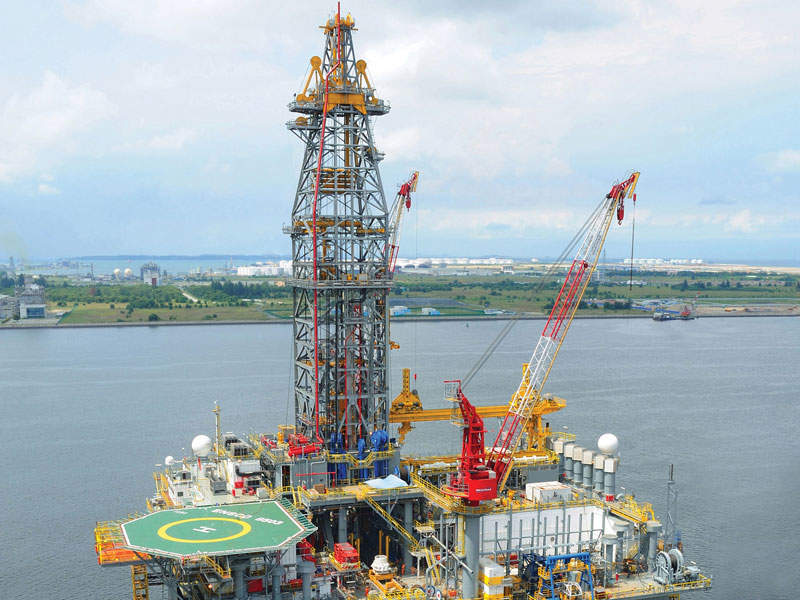The Zama oil discovery is located in Block 7 of the Sureste Basin off the shore of Mexico, at a water depth of approximately 165m.
Pemex serves as the operator of the field with 50.43% working interest. The other partners in the field are Wintershall Dea (19.83%), Talos Energy (17.35%) and Harbour Energy (12.39%).
The field area was extended up to the nearby offshore block owned by Pemex, following the completion of a three-well appraisal programme in June 2019. Secretaría de Energía, the Mexican Ministry of Energy, suggested the unification of the field in July 2020 and Pemex became the operator of the field in July 2021.
The unit development plan for the Zama field was submitted to the National Hydrocarbon Commission in March 2023 and was approved in June 2023.
The project is expected to involve an estimated investment of $4.5bn. A further $4.5bn will go towards operating expenses and costs related to the abandonment of the field.
Final investment decision for the field development is expected in 2024, followed by the start of production in December 2025. Peak production capacity of up to 180,000 barrels of oil and 70.35 million cubic feet of gas per day is expected to be achieved by 2029.
Block 7 Sureste Basin details
Sureste basin is a proven hydrocarbon province and includes the Saline, Campeche-Sigsbee and Villharmosa uplift basins. Deposits in the basin range from the late-Triassic to Holocene ages.
Block 7 covers an area of 122,000 acres and is located in the shallow offshore waters of the Sureste Basin.
A production sharing agreement for the block was signed by the developers in 2015 alongside that for Block 2.
The two blocks combined are estimated to contain 162,904 gross acres of high-profile prospects and well-established plays.
Details of the Zama prospect discovery
The field was discovered by the Zama-1 discovery well in July 2017, the first exploration well to be drilled by the private sector in Mexico.
The Zama-1 well was drilled by the Ensco 8503 floating drilling rig to a depth of 11,100ft (3,383m).The primary objective of the well was to prove the existence of hydrocarbons in the tertiary clastic reservoirs.
The well encountered an oil-bearing interval of 1,100ft (335m), containing between 558ft and 656ft (170m and 200m) of net oil pay.
Geology and reserves
The Upper Miocene age Zama discovery was identified as a three-way dip structure sealed against a salt feature through the analysis of reprocessed seismic data.
The field mainly has light oil featuring API gravities between 28° and 30°, along with associated gases.
The field holds recoverable volumes of 625.68 million barrels of oil and 243.29 billion cubic feet of gas. It is estimated to have a recovery rate of 37.8% for both oil and gas.
Appraisal on Zama
Mexico’s National Hydrocarbons Commission approved a $325m budget for appraisal drilling at Zama in September 2018.
Talos planned to drill deeper prospects following the installation of the liner, targeting the Zama Main and Zama Deep targets.
Existing seismic data along with data from the Zama-1 well was evaluated to properly identify the drilling prospects.
Completed in 2019, the drilling programme targeted exploratory prospects to depths up to 14,000ft (4,267m).
Appraisal drilling was carried out using the Ensco 8503 floating drilling rig. The appraisal plan included the drilling of two wells along with a sidetrack and a well test.
The first appraisal well, Zama-2, was drilled to improve definition of the resource potential in the Zama discovery. The Zama-3 well was appraised and proved lateral continuity of the reservoir 2.4km to the south of Zama-1.
Zama field development details
The Zama field is planned to be developed with two production platforms, Zama-A and Zama-B. The plan also includes 46 development wells, of which 29 will be oil producing and the remaining will be water injectors.
Two 68km-long pipelines will be installed to carry oil produced from Zama-A and Zama-B for processing at new onshore facilities that are being established at the Dos Bocas Maritime Terminal in Paraiso, Tabasco.




